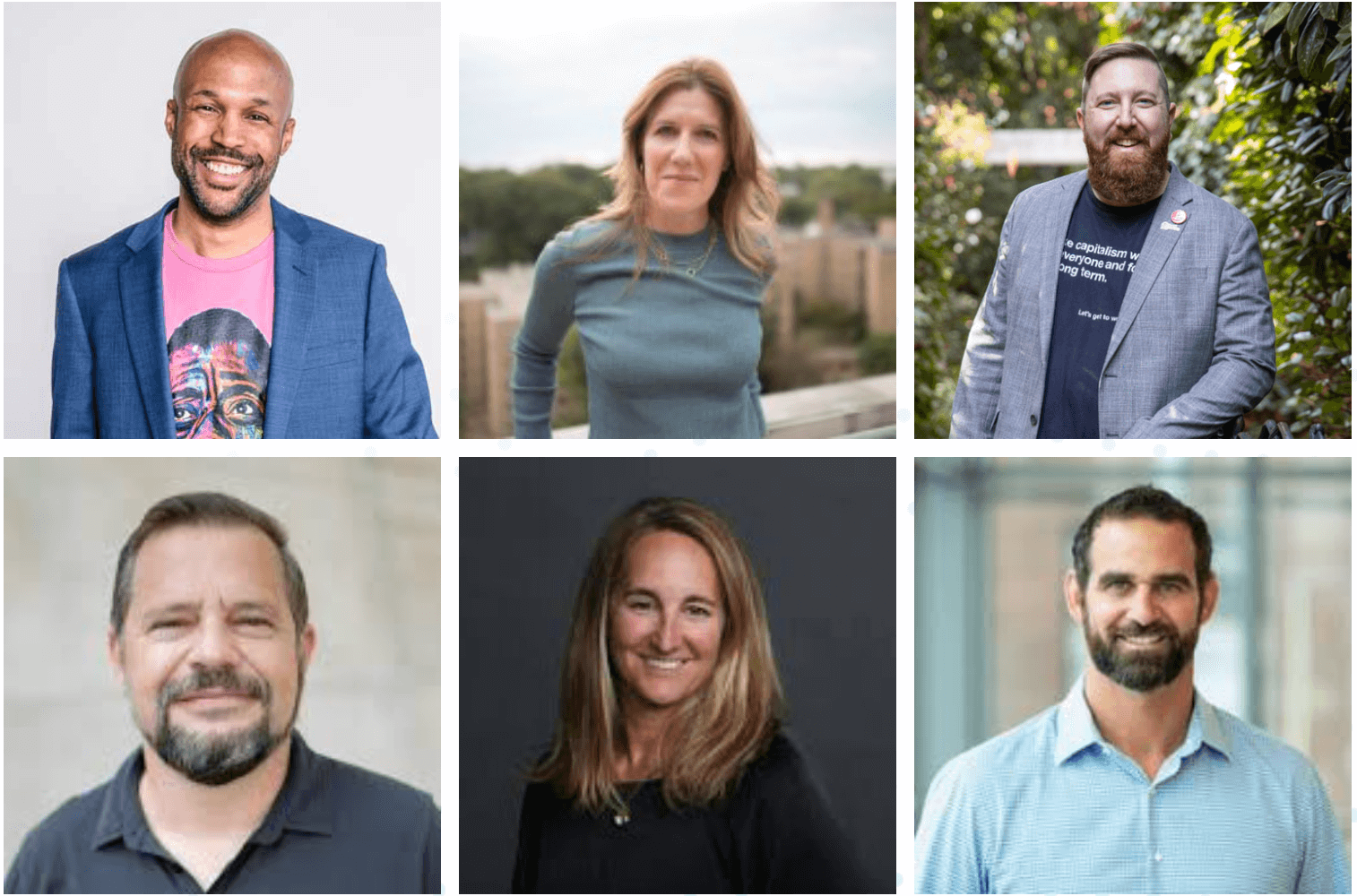ImpactAlpha, Feb. 18 – The impact measurement firm 60 Decibels interviewed 35,000 off-grid energy customers of 49 companies in 17 countries to determine “Why off-grid matters.” The report paints one of the most comprehensive pictures to date of the on-the-ground impact in developing markets of solar lanterns, solar home systems, mini-grids, solar-powered appliances and clean cookstoves.
Globally, 860 million people lack access to electricity and 2.6 billion to clean cooking facilities. Those that gain access via off-grid energy products report clear benefits. Eighty-eight percent of the customers interviewed said that energy access improved the quality of their lives; about the same number feel safer in their homes. Access to modern lighting reduces the use of dirty kerosene, and boosts the amount of time that children study by close to 20 minutes each day.
The report, sponsored by CDC Group, Acumen, Efficiency for Access Coalition, and Shell New Energies, was launched at the Global Off-Grid Solar Forum & Expo in Nairobi this week.
Energy ladder. Simple, low-cost solar lanterns are often a family’s first off-grid energy product, and offer “the most bang-for-your-buck,” write the authors. Clean cookstoves do the best at reaching women, yet lag in penetrating low-income households.
Mini-grids are effective at providing energy to low-income communities, but their growth has been held back by high capital costs and slow roll-outs. Blended or patient capital, as well as subsidies, could speed adoption.
African Development Bank takes on ‘energy poverty’ with $15 billion pledge
Upmarket moves. As off-grid energy providers grow, they appear to focus less on the poor. Among the energy customers surveyed, 37% live on less than $3.20 a day, compared to 60% for the population as a whole in these markets.
“We think responsible investors, and governments looking to utilise subsidy, should be attentive to this trend,” write the authors. Their recommendations include accessible financing options, lower prices, smarter subsidy, and wider distribution.
Powering livelihoods. Only about one-fifth of customers use their new energy to generate income by, for example, powering bars, restaurants, shops and kiosks. Two-thirds of farmers using solar water pumps increased their yields, and 10% increased their income.
Investors called to account for fintech lending practices as debt-traps emerge
Financial burdens. More than two-thirds of energy customers interviewed are accessing credit for the first time, thanks to financing mechanisms such as pay-as-you-go. Just 4% of families said payments were a heavy burden, yet more than a quarter felt they were “somewhat” a burden. Among solar refrigerator customers, 65% took out another loan to make payments on the fridge.
A third of customers also report challenges using their product, suggesting improvements in product quality and support are needed.











